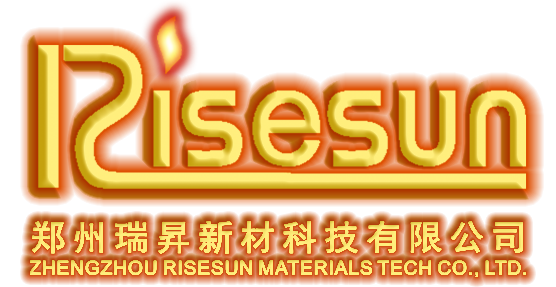06
2024
-
11
Understanding the Essentials of Spiral Heating Elements in Electric Heating Devices
Spiral heating elements are a crucial component in various electric heating devices, widely used in industries ranging from manufacturing to residential applications. These elements are designed to convert electrical energy into heat, utilizing a spiral structure that enhances efficiency and heat distribution. The design of spiral heating elements typically features a coiled wire made from materia
Spiral heating elements are a crucial component in various electric heating devices, widely used in industries ranging from manufacturing to residential applications. These elements are designed to convert electrical energy into heat, utilizing a spiral structure that enhances efficiency and heat distribution.
The design of spiral heating elements typically features a coiled wire made from materials that have high electrical resistance, such as nickel-chromium alloy. When electric current passes through the coil, it generates heat due to the resistance of the material. The spiral configuration allows for a larger surface area, which not only promotes even heat distribution but also improves the overall efficiency of the heating process.
One of the primary advantages of spiral heating elements is their ability to quickly reach operational temperatures. This is particularly important in applications where rapid heating is essential, such as in industrial ovens or cookware. The compact design also means that they can be integrated into various appliances without taking up excessive space, making them a versatile choice for manufacturers.
Another notable feature of spiral heating elements is their durability. These components can withstand high temperatures and are resistant to oxidation, which enhances their lifespan. As a result, they require less frequent replacement, leading to lower maintenance costs and increased reliability in the devices where they are used.
Spiral heating elements are utilized in a variety of applications, including but not limited to electric stoves, water heaters, and industrial heating systems. Their versatility makes them suitable for both high-temperature processes and lower-temperature settings, allowing them to cater to a wide range of heating needs.
When it comes to installation, spiral heating elements can be configured in various orientations, providing flexibility in design and application. Whether it's for a specific heating task or integration into a more complex system, their adaptability ensures that they meet diverse operational requirements.
In conclusion, spiral heating elements serve as the backbone of many electric heating devices, offering efficiency, durability, and versatility. Understanding their importance can help industries make informed decisions about their heating solutions. As technology advances, these elements continue to evolve, promising even better performance and applications in the future. Whether you're in manufacturing, residential heating, or any other sector relying on electric heat, spiral heating elements play a pivotal role in ensuring effective heat delivery.
The design of spiral heating elements typically features a coiled wire made from materials that have high electrical resistance, such as nickel-chromium alloy. When electric current passes through the coil, it generates heat due to the resistance of the material. The spiral configuration allows for a larger surface area, which not only promotes even heat distribution but also improves the overall efficiency of the heating process.
One of the primary advantages of spiral heating elements is their ability to quickly reach operational temperatures. This is particularly important in applications where rapid heating is essential, such as in industrial ovens or cookware. The compact design also means that they can be integrated into various appliances without taking up excessive space, making them a versatile choice for manufacturers.
Another notable feature of spiral heating elements is their durability. These components can withstand high temperatures and are resistant to oxidation, which enhances their lifespan. As a result, they require less frequent replacement, leading to lower maintenance costs and increased reliability in the devices where they are used.
Spiral heating elements are utilized in a variety of applications, including but not limited to electric stoves, water heaters, and industrial heating systems. Their versatility makes them suitable for both high-temperature processes and lower-temperature settings, allowing them to cater to a wide range of heating needs.
When it comes to installation, spiral heating elements can be configured in various orientations, providing flexibility in design and application. Whether it's for a specific heating task or integration into a more complex system, their adaptability ensures that they meet diverse operational requirements.
In conclusion, spiral heating elements serve as the backbone of many electric heating devices, offering efficiency, durability, and versatility. Understanding their importance can help industries make informed decisions about their heating solutions. As technology advances, these elements continue to evolve, promising even better performance and applications in the future. Whether you're in manufacturing, residential heating, or any other sector relying on electric heat, spiral heating elements play a pivotal role in ensuring effective heat delivery.



